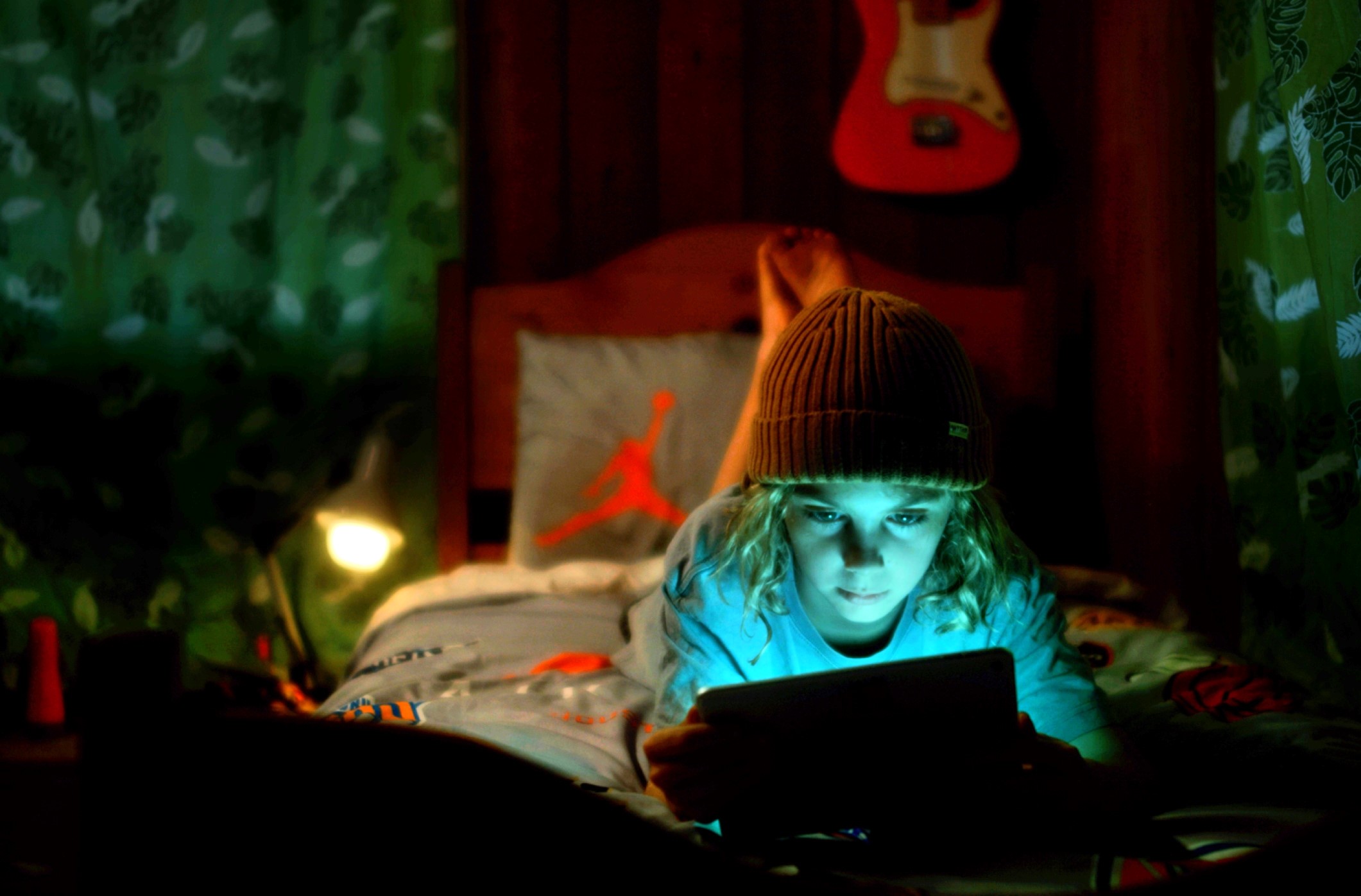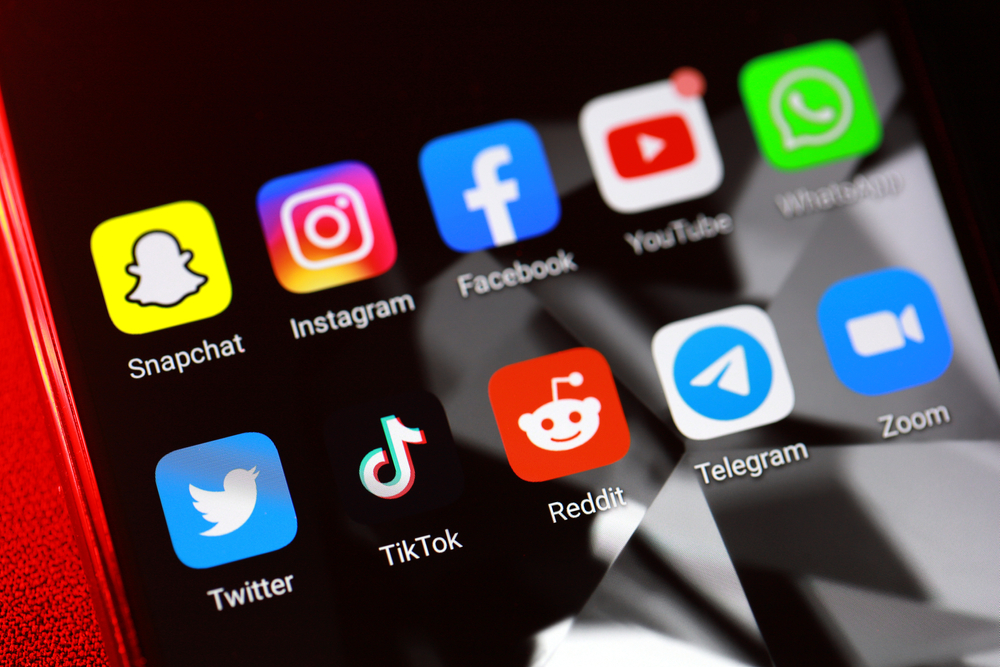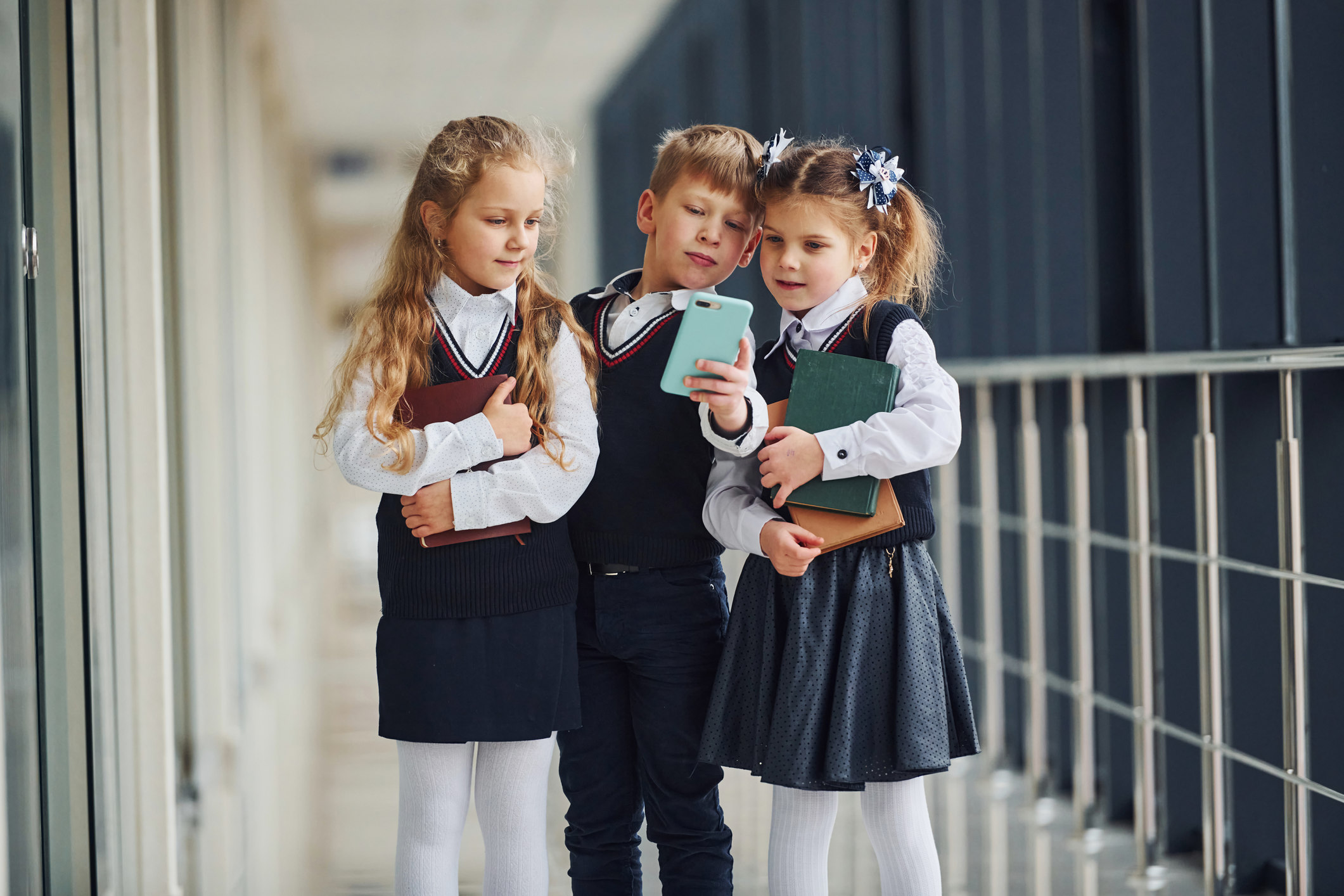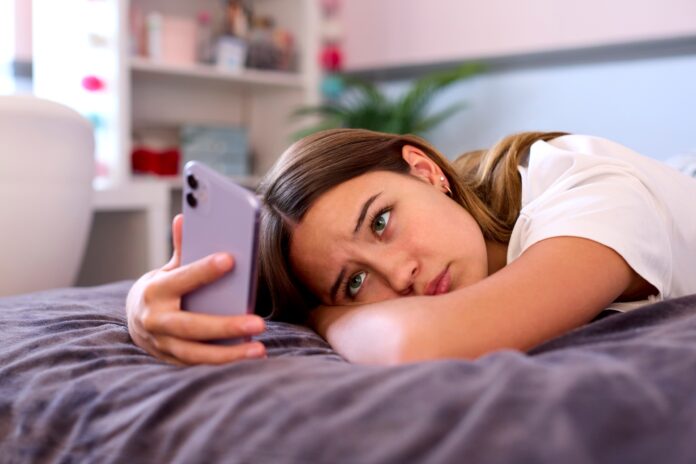A soft blue glow emanates onto the face of a 14-year-old, as they clutch their phone tightly.
It’s 2am and the world outside their window is silent, but what’s in their grasp is anything but: a bustling list of glossy filters and curated posts, triggering a complex pattern of neurological responses that are closely linked to a range of acute and prolonged mental illness issues.
The digital revolution has undoubtedly shaped the identity of Gen A and Gen Z (those born from 1996 onward), with the first social media site Six Degrees introduced in early May 1997.
Instant access to online media is just a part of life for them.
Australian Psychological Society statistics show that 88 per cent of adolescents use social media more than once a day, with some spending up to eight hours immersed in the world of their favourite apps YouTube, TikTok, Facebook and Instagram.
But with the world quite literally at their fingertips, so too is a mix of comparison, pressure, anxiety, low self-esteem, sleep deprivation and, in extreme cases, suicidal thoughts – a frightening reality for young minds that are still in the process of crucial development.
A recent youth mental health survey by headspace revealed 57 per cent of teens felt their mental health was deteriorating, with 42 per cent of them attributing this decline to their social media usage.
During adolescence, lack of maturity can render a teenager more susceptible to harmful peer pressures, or to inadvertently engage in online bullying behaviour causing significant real-world harm.
Alternatively, teenagers may find themselves subjected to negative online attention, leading to embarrassment and a reluctance to discuss their experiences with those close to them.

This can contribute to serious mental health issues. University of the Sunshine Coast psychology senior lecturer Rachael Sharman says it’s not just the harmful online engagement that raises serious concern.
“Social media, in contrast to the term, appears to diminish social skill development, particularly in terms of learning emotion recognition, body language and a suite of sophisticated abilities such as lie detection, socially appropriate responses in challenging situations, romantic pursuits and more,” Dr Sharman says.
The repercussions are tangible, as adolescents who experience loneliness in offline settings turn to social media as a substitute for their underdeveloped social skills.
Over time, they find themselves experiencing even greater feelings of isolation.
Regular social media use triggers the brain to release the chemical dopamine, generating feelings of pleasure and reward.
Similarly, a ‘like’, comment or ‘share’ activates oxytocin: the ‘feel-good’ chemical, fostering the desire for more.
While this may sound harmless, Dr Sharman says this rush of neurochemicals can escalate usage and reinforce compulsive online behaviours.
“A number of social media applications are deliberately designed to invoke addictive processes in the brain,” she says.
“Very similar to gambling, they use intermittent reinforcement schedules to hook users into checking their phones obsessively in the hope of finding ‘valuable’ information or connections.
“Signs of an unhealthy obsession or addiction in adolescents can look like constant phone checking, inability to separate from their phone in the morning and at night, tantrums if their phone is removed, and being unable to communicate with others without their phone on them.”

Sue Harrison, a Sunshine Coast high school teacher’s aide and mother to three Gen Z girls, says she felt helpless when her teenagers began using social media.
“It didn’t seem to matter what rules we had in place as their parents, it felt like they (their daughters) would always find a way to be online,” she says.
“They needed to have certain apps to connect regularly with sporting teams, and we thought we were doing the right thing allowing them to be independent and stay ‘in the loop’.”
Mrs Harrison recalls the devastating moment she sat with her 17-year-old in a psychologist’s office to get her help for her eating disorder, when it became clear what was fuelling much of her daughter’s unhealthy obsession with body image.
“The psychologist asked my daughter to show her what her Instagram ‘feed’ looked like – I guess to see if who she was following on there was influencing her in a negative way,” she says.
“When she showed us, my heart broke for her. Post after post was diet advice, weight-loss recipes, extremely thin bodies, heavy filters and, to be honest, a lot of completely unrealistic beauty standards.”
Mrs Harrison says she also witnesses social media addiction play out every day beyond the walls of her own home, in the high school where she works.
“I have 13-year-olds falling asleep at their desk, students with their phones out during class distracting their friends, and others taking more frequent and extended bathroom breaks than necessary,” she says.
“What’s even more challenging is that many parents encourage their children to have their phones on them.
“There’s definitely a lot of enabling on parents’ behalf.”
The Queensland Government recently announced that as of term one next year, a blanket ban will be implemented in all Queensland state schools on phones and wearable technologies during school hours.

The move is designed to reduce distractions in classrooms, improve the learning and engagement of students and help combat cyberbullying.
“This is a great initiative from the government, especially for schools like mine who don’t yet have a strict mobile phone policy in place,” Mrs Harrison says.
But with schools only responsible for students six hours a day, Dr Sharman says there are important conversations that need to be had within families.
“This really is about setting limits and boundaries with teenagers and opening up space for in-real-life discussions, for example during dinner times,” she says.
“I would also suggest parents delay social media use for as long as possible with their children and use that time to help them build real friendships and relationships away from any kind of digital media.”
Katie Robke is a student at the University of the Sunshine Coast.
Do you have an opinion to share? Submit a Letter to the Editor at Sunshine Coast News via news@sunshinecoastnews.com.au. You must include your name and suburb.





